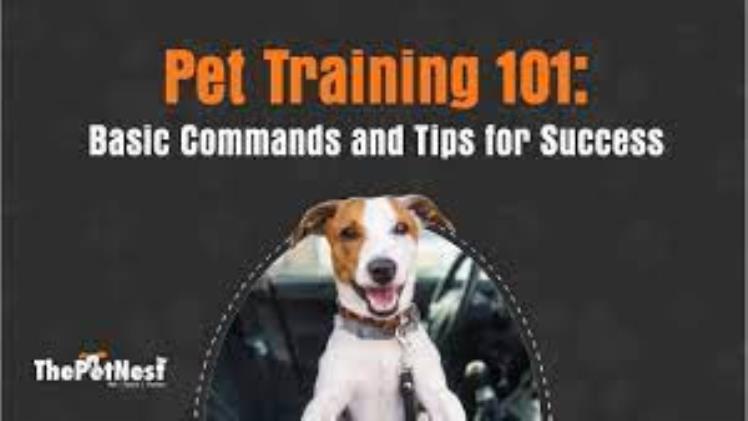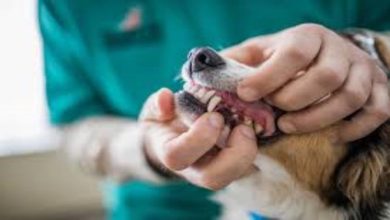The Basics of Pet Training

Pet training can be a rewarding experience for you and your pup, but it’s essential to understand the fundamentals of dog training before you get started.
First, your dog must understand what behaviors you expect them to perform. This can be accomplished with a straightforward command or cue like “Sit,” “Stay,” “Come,” or even “Leave It.”
Once these behaviors have been established, rewards such as treats, praise or affection can be used to incentivize your pup to continue performing them.
It is essential to remember that dogs are highly selective when selecting rewards, so try selecting those your pup is most interested in. If he/she’s food motivated then treats might be ideal; on the other hand, if affection is more of a priority then positive praise and verbal interaction might work better.
Next, reinforce these behaviors consistently and reliably by rewarding your dog with treats or other rewards after they exhibit the desired behavior.
Your reward can range from a treat when they sit down to praise and kisses when they come to you. Whatever method you use, make sure they know which behavior has been rewarded by using the same word each time they do it so that your dog knows which action brings about a reward.
Once your dog has mastered these behaviors, you can begin moving on to more advanced tasks. These can be more demanding and require increased mental stimulation for your pup; thus it’s best to focus on one skill at a time and gradually build upon them.
For instance, if you want your dog not to jump up when entering the house, practice this skill in various locations and with different people. Once they can reliably stay inside without jumping up at you, gradually fade out treats in less distracting environments and progress onto more challenging ones.
The most efficient and effective way to train your dog is through positive reinforcement. This can be accomplished with simple commands or cues like “Sit,” “Stay,” or “Come.”
It is essential to remember that dogs are highly selective when selecting rewards, so make sure your dog enjoys whatever reward you select. This could be as straightforward as giving them a treat if they’re food motivated, or something more complex like praise and affection.
Finally, keep in mind that dogs are highly selective about which activities they enjoy. Therefore, focus on providing your pup with activities they’ll enjoy – this could include spending a few minutes of playtime each day, going to the dog park, or other recreational pursuits they find enjoyable.
